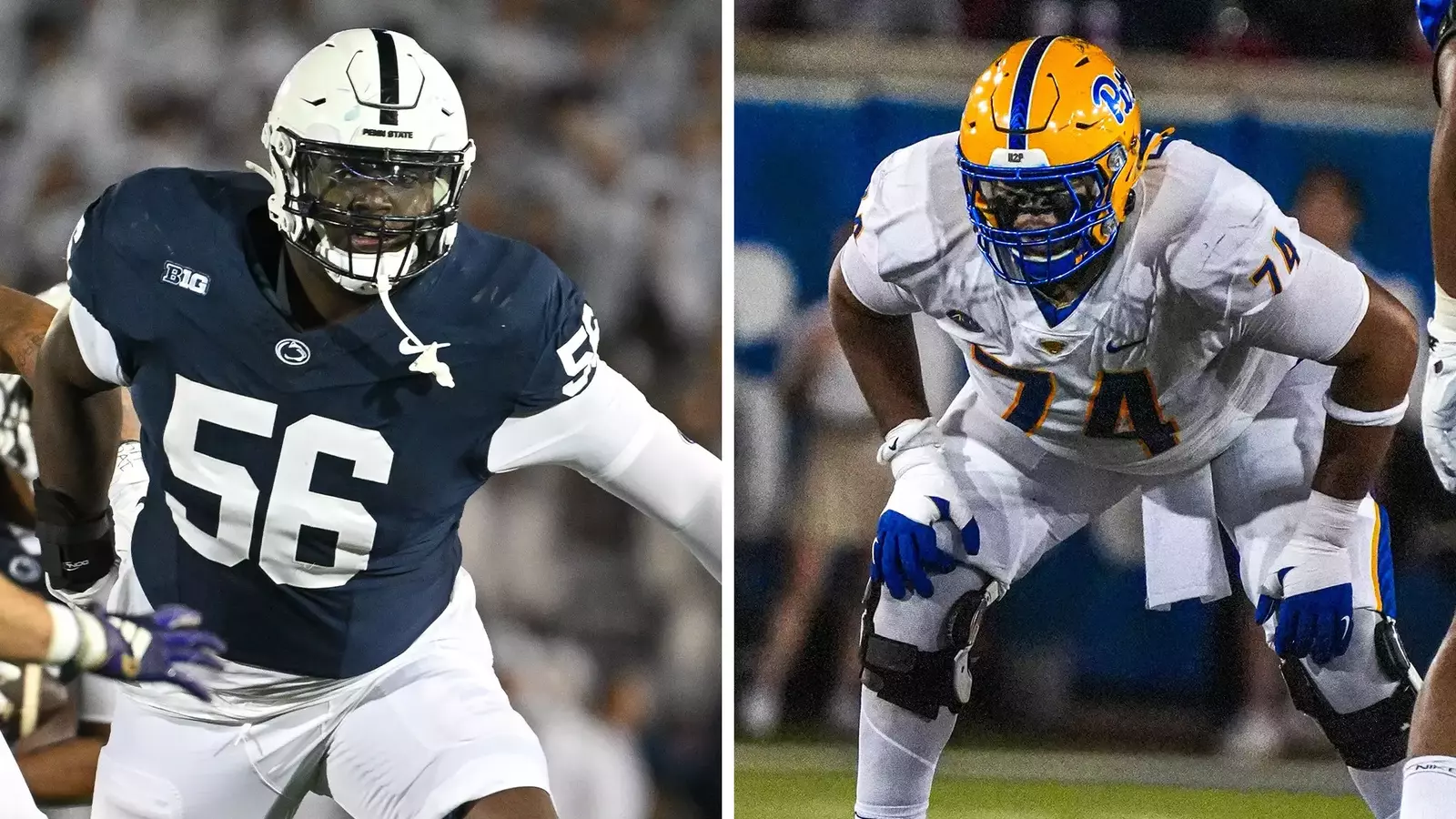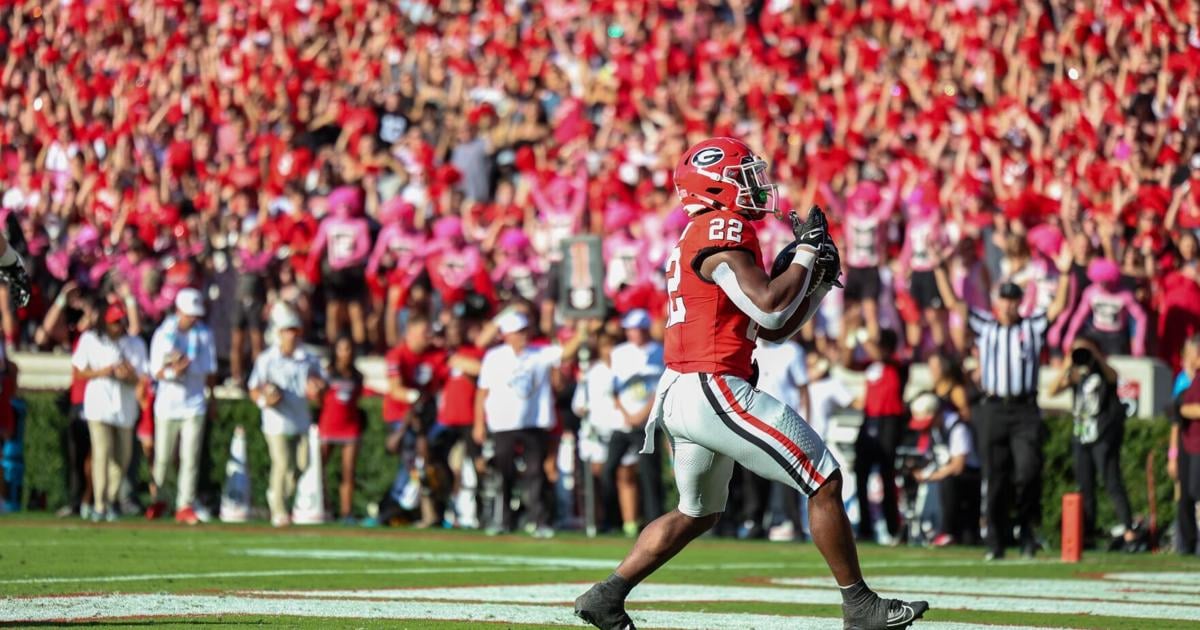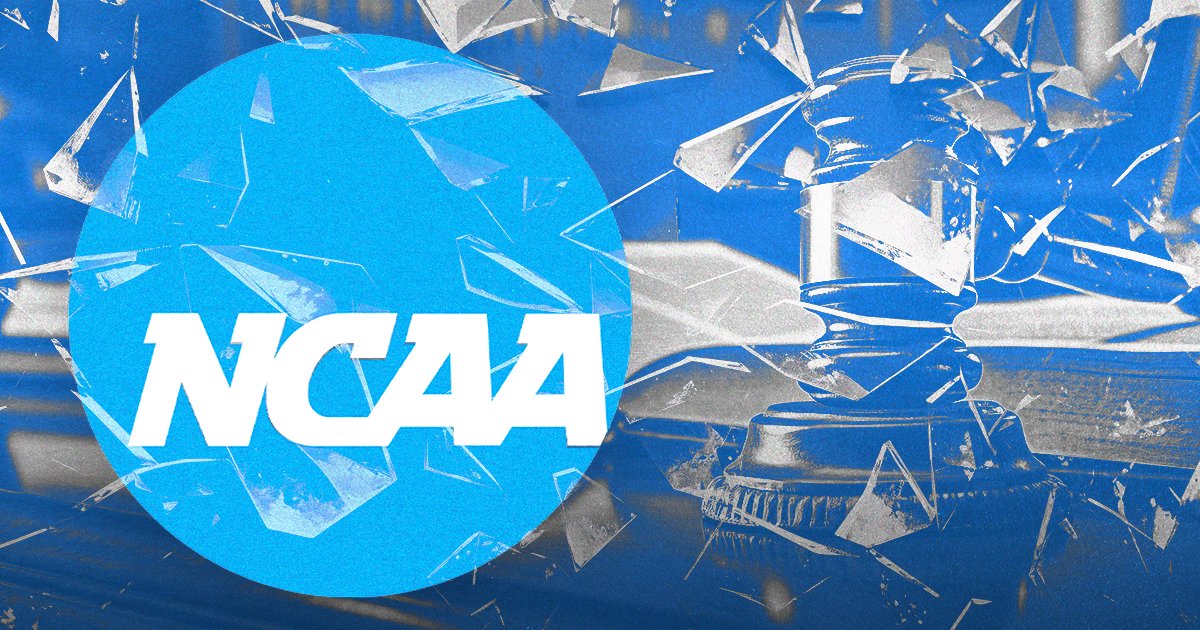The world of college sports changed as we know it last Friday night, again. The House Settlement was finally approved by Judge Claudia Wilken and with it came several significant amendments to how college sports will operate. Under Steve Sarkisian and across nearly the entire Longhorn athletic department, Texas has shown its ability to adapt and improvise in an ever-changing college sports landscape. As another monumental change arrives, Texas will strive to uphold their recruiting and developmental prowess.
[Sign up for Inside Texas TODAY and get the BEST Longhorns scoop!]
The Objectively Good:
As part of the settlement, the NCAA will be sending over $2.8 billion in back payments to athletes that played from 2016 to 2024 to compensate for lost NIL opportunities. The most significant part about these back payments is obviously that Tyrone Swoopes will finally be compensated for his 18-wheeler package senior season for the Longhorns.
The Money:
Under the newly approved settlement, schools can now directly pay athletes up to $20.5 million per year. For SEC schools, that pool drops to $18.5 million as the league now requires $2 million to go to Alston payments.
Most schools are expected to follow something similar to a model of 70-85% to football, 10-15% to men’s basketball, 5% to women’s basketball and 5% to all other sports. Texas has said it will go 75-15-5-5.
Players can still seek third-party NIL deals as a form of revenue, but all NIL deals over $600 will go through a Deloitte-run clearinghouse website called NIL GO. Players will go to the website and submit any NIL deals they land for approval. The purpose of the clearinghouse is to ensure fair market value and valid business purpose solely between the athlete and the third-party company. All of this is to attempt to limit unregulated pay-for-play through over-the-table NIL.
Schools do have the opportunity to opt-out of the settlement and operate as they did before. While they don’t have to comply with roster limits and other new policies outlined in the settlement, they cannot participate in revenue-sharing and still are under the new NIL oversight and must report all deals over $600.
Texas is opting in.
One of the key pieces about the revenue-sharing model is the advantage given to one-sport schools. Big East schools and schools such as Gonzaga can pour 75% of their funds into basketball, giving them a distinct advantage within the sport.
It should be very interesting to see how non-football schools use this to their advantage, though they may not be able to offer the as much in total cash considering their media rights deals look very different than the ones Power Four conferences have.
Impact on College Football
While new NIL oversight may help curtail the Wild West era of NIL spending, the new revenue-sharing model still allows for dominance at the top. However, although the resource advantage gap may have diminished, the new model will strain most schools financially.
Finding NIL money from, let’s face it, fans to pay players is significantly easier than using school generated revenue. Schools are now scrambling to find ways to generate extra cash in order to pay up to that $20.5 million dollar cap. Expect to see a lot more schools implementing a “talent tax” as they have in Knoxville for the Tennessee Volunteers, or increase ticket prices as the Longhorns plan to do. If schools such as Tennessee and Texas need to do this, one can only imagine the challenges smaller schools are facing. We’ve already seen a few Division I schools make the move to D-III after realizing they wouldn’t be able to compete.
Texas is expected to see a $30 million increase in expenses because of House. $20.5 million is for the revenue-sharing salary cap, and an estimated $9.5 million will be due for the additional scholarships. As part of the settlement, scholarship limits have been replaced by roster limits.
Far From Flawless:
While the settlement is a great first step in fixing many of the grievances plaguing college sports, it also brings along its own new issues. While replacing scholarship limits with roster limits allows more flexible spending for schools, it takes away spots from many athletes. This was a big point of contention as Judge Wilken required an amendment that would protect current walk-ons before she approved the settlement.
Any athlete who was cut or had their offer pulled as a result of the new roster limits will now be labeled as a “Designated Student Athlete.” All DSA’s will not count toward the roster at their original school where they lost their spot, or if they transfer to a different school. While this does protect active and prospective athletes with current offers, the effects will be seen in a few years.
In 2024, Texas’s football roster consisted of 119 athletes, 14 over the NCAA limit. In addition, the SEC mandated a scholarship limit of 85 going forward, meaning there is room for 20 walk-ons in the Longhorn football program.
We may start to see the death of the walk-on in the House era. Nebraska had 180 players on their roster last year and now needs to cut that down by 75. With only 105 spots, coaches will severely limit walk-on spots if not cut them all together depending on what their league allows. The first place coaches look to replace talent after high school recruiting is the transfer portal. With an influx of talent in the portal and fewer walk-on spots, schools that champion the walk-on process might cease to place a similar emphasis on non-scholarship players.
For Texas, 119 to 105 isn’t a massive cut, especially compared to schools like A&M who had 143. It’s still a change Texas will have to deal with.
[Order THE LONGHORN ALPHABET today and teach your little ones the A to Z’s of Texas Football!]
Many issues that surrounded the implementation of the new settlement were outside the domain of Judge Wilken. She only needed to find the deal to be fair, reasonable and adequate to the settlement classes and find that it adequately addressed the federal antitrust issues raised in the three cases that originally triggered the settlement.
The settlement is extremely vulnerable to future lawsuits concerning Title IX, employment and labor claims, state NIL policies and more. In fact, a Title IX related suit has already been filed.
Now that players are directly paid by schools it opens up the discussion to their employment status. Can the players form a union? Negotiate a CBA? Does Title IX apply to NIL payments? All of these questions still have yet to be answered as schools will still have to navigate the college sports landscape under an uncertain future.

























































